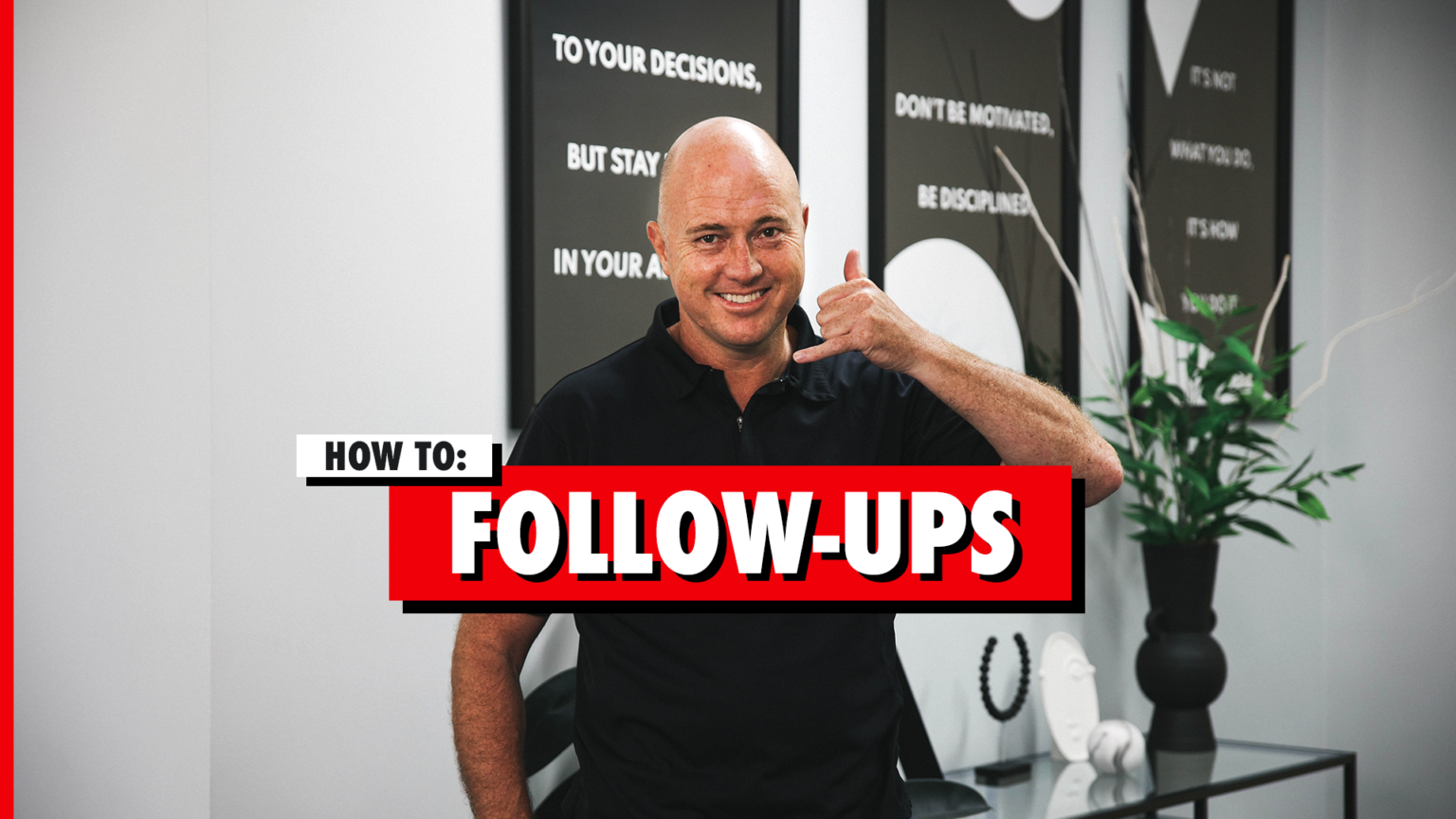- Blog, Sales Training, Sell Product
How to Follow Up With a Client

Following up clients is one of the most overlooked skills in sales. Read this quick guide to immediately boost your sales this year.
If you’ve had any experience with sales, you’d know that following up with clients is one of the most important aspects of the role. Unfortunately, it’s one of the most neglected. There’s a fine line between being a persistent salesperson and just plain annoying. Finding the right balance is a struggle few manage to master. If you want to know how to follow up a client, keep reading, this guide is for you.
1. Make a plan
Before you start following up, make sure you have a game plan. It should include the following elements:
- Who you’ll follow up with
- How you’ll follow up (email, call, in-person visit, etc.)
- How often you’ll follow up
- What you’ll say when you follow up
Creating and sticking to a game plan ensures that your follow-ups are both consistent and effective.
2. Be Timely
When it comes to following up, timing is everything. You should aim to strike a balance between being persistent and giving your prospect enough time to make a decision. A good rule of thumb is to follow up within 24-48 hours after your first email or phone call. This shows your prospect that you’re ready and eager to help them, while also reminding them of the offer that’s on the table. When choosing a time to follow up, make sure you follow the ‘1:53’ rule.
3. Personalise Your Approach
One of the worst things you could do is copy-paste your approach to every single one of your potential clients. Give your correspondence with the client a personal touch. This could look like referencing a past conversation, mentioning a complaint or struggle (that you aim to solve with your product/service) or even just calling them by name.
4. Be persistent, but not pushy
As previously stated, being a persistent salesperson is a tough art to balance. If your prospect isn’t ready to buy, you could very easily come across as pushy or annoying; this can jeopardise the sale altogether. Your focus should be on building a relationship and providing value. If you play your cards right, patience will bring the sale to you.
5. Use different channels
Mixing up the channels you use to follow up can help you stand out from the competition. For instance, just lock yourself to email. Instead you could make second contact with a phonemail then finalise the sale in person. In my experience, this will catch the clients attention and show them that you are committed to the sale.
6. Keep track of your follow-ups
Keeping track of your follow-ups is essential for ensuring that you’re staying on track and making the most of your time. If you don’t use a CRM (Client Relations Management) system, whether that’s personalised or commercial, stop what you’re doing and set one up immediately. Whatever you choose, make sure that you have a clear record of your interactions with your prospects.
Remember, following up in is one of the most important aspects of your role. If you follow this guide, you’ll be well on your way to maximising your sales efforts and closing more deals. Remember to be timely, personalise your approach, be persistent but not pushy, use different channels, and keep track of your follow-ups. Good luck with your clients!
Other related articles.
How to captivate your audience
5 Key Business Lessons From Hit Show ‘Bluey’
How to Close More Sales With Social Selling
Leadership Lessons from Obama’s Pivotal Moment
How to Build Buyer Trust – Part 2
Unlocking Sales Success: Harnessing AI to Close More Deals
5 Tips for your next sales discovery calls
5 Cognitive Biases Every Salesperson Should Master
What Made Martin Luther King Jr’s Famous Speech so Powerful?
How to Use Your Hands Effectively When Giving a Speech
Explorer Mike Horn’s Key for Productivity
Trevor Ambrose is an international training and coaching company located in the Gold Coast in Australia. We focus on sales and public speaking training.




























